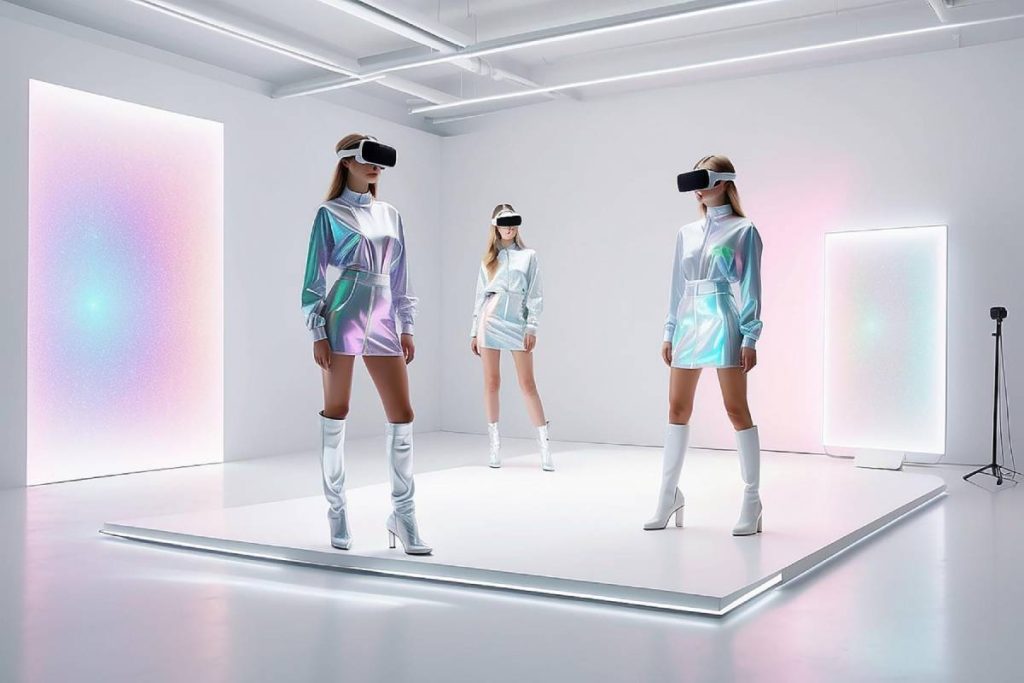What is Digital Fashion?
Digital fashion refers to clothing and accessories created entirely through digital technologies. Unlike traditional fashion, these items exist only in the virtual world, allowing for endless creativity without physical limitations. It is redefining how we interact with and perceive fashion.
The Rise of Virtual Runways in Fashion
Virtual runways are a significant innovation in the fashion industry. Designers now showcase collections digitally, using advanced 3D modeling and augmented reality. This shift makes fashion shows more accessible and sustainable, removing the need for physical venues.
How Technology is Transforming Fashion Design
Technology is revolutionizing fashion design by enabling creators to experiment with digital tools. 3D rendering, AI-assisted designs, and virtual prototyping are becoming standard practices, allowing fashion brands to innovate faster and with less waste.
Digital Fashion and Sustainability
One of the greatest benefits of digital fashion is its potential for sustainability. By eliminating the need for physical materials, virtual fashion reduces waste and carbon footprints, offering an eco-friendly alternative to traditional practices.
The Role of NFTs in Digital Fashion
Non-fungible tokens (NFTs) are revolutionizing digital fashion. These blockchain-based assets allow designers to sell exclusive virtual pieces, giving consumers ownership in the digital realm. NFTs are merging technology and fashion in unprecedented ways.
Digital Fashion in the Gaming World
The gaming industry has embraced digital fashion, with players purchasing virtual outfits, known as skins, for their avatars. This crossover highlights how digital fashion is influencing entertainment and creating new revenue streams for designers.
The Global Impact of Digital Fashion
Digital fashion is breaking geographical barriers, making high-end designs accessible worldwide. This democratization of fashion allows consumers from all corners of the globe to participate in trends and support their favorite designers digitally.
Challenges and Opportunities in Digital Fashion
While digital fashion presents exciting opportunities, it also comes with challenges like intellectual property concerns and the digital divide. However, as technology evolves, these challenges can be addressed, paving the way for digital fashion to thrive.
Conclusion
The future of digital fashion is bright, with virtual runways, NFTs, and gaming integrations leading the way. This innovative shift is transforming the industry into a more inclusive, creative, and sustainable space. By embracing these advancements, the fashion world is setting new standards for the future.
Frequently Asked Questions
- What is digital fashion?
- It is clothing and accessories created and used entirely in virtual environments.
- How do virtual runways work?
- Designers showcase collections digitally using 3D modeling and AR technology.
- Why is digital fashion considered sustainable?
- It eliminates physical materials, reducing waste and carbon footprints.
- What role do NFTs play in digital fashion?
- NFTs allow for exclusive ownership of virtual fashion items.
- How is digital fashion used in gaming?
- Players purchase virtual outfits or skins for their avatars in games.
- What are the challenges of digital fashion?
- Intellectual property concerns and the digital divide are key challenges.
- How does digital fashion impact the global market?
- It makes high-end designs accessible worldwide, breaking geographical barriers.
- What technologies are driving digital fashion?
- 3D rendering, AI, and blockchain are key technologies.
- Can digital fashion replace traditional fashion?
- It complements traditional fashion, offering new opportunities rather than replacing it.
- What is the future of digital fashion?
- It includes greater integration with gaming, NFTs, and sustainable practices.




